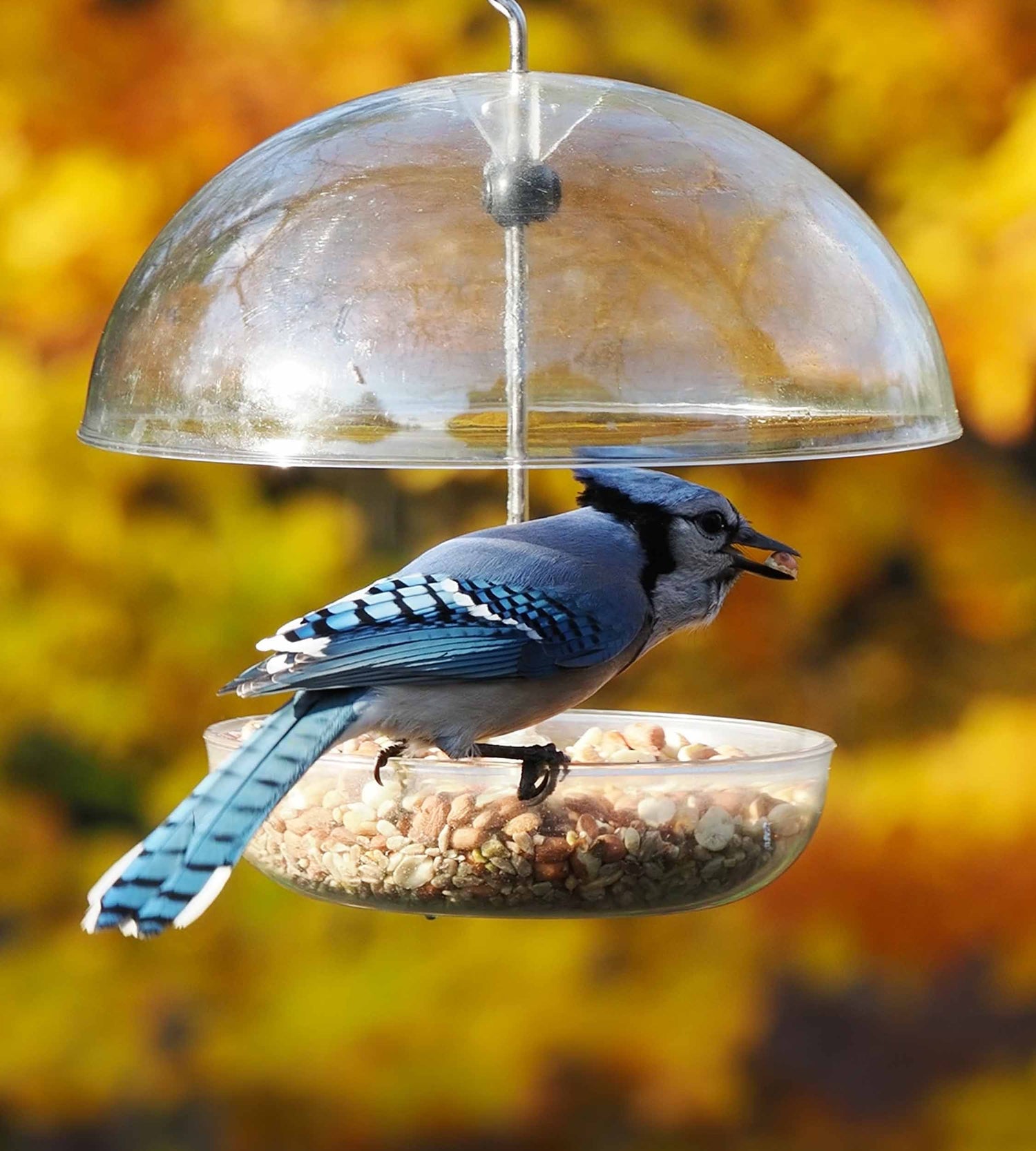Creating a bird feeder is a wonderful way to invite birds into your garden. Whether you’re a nature lover or looking for a fun DIY project, building a bird feeder is rewarding and educational. This guide will walk you through making various bird feeders that cater to different birds while keeping pesky squirrels and raccoons away.
Choosing the Right Bird Feeder for Your Garden
Before starting, decide which type of bird feeder suits your garden and the birds you want to attract:
• Seed Feeder: Great for small birds like finches and chickadees. Fill it with seeds to attract a variety of birds.
• Suet Feeder: Ideal for woodpeckers and bluebirds, using suet cakes or pellets.
• Nyjer Feeder: Perfect for finches, designed for nyjer seeds.
• Peanut Feeder: Attracts jays and woodpeckers with peanuts or nuts.
• Fruit Feeder: Orioles and other fruit-loving birds will come for fresh fruit.
DIY Bird Feeder Ideas
Simple Seed Feeder
This basic seed feeder is easy to make with a plastic bottle, wooden spoons, and string.
1. Prepare the Bottle: Clean and dry a plastic bottle. Drill two pairs of holes near the bottom.
2. Insert Wooden Spoons: Insert the wooden spoons through the holes, so the spoon bowl sticks out. The seeds will rest on the spoons for birds to eat.
3. Fill with Bird Seed: Pour bird seed into the bottle and cap it.
4. Hang the Feeder: Use string to hang your feeder from a branch or bird feeder pole.
Suet Feeder for Woodpeckers
A suet feeder is excellent for woodpeckers and other birds that love suet.
• Materials Needed: Mesh bag (like an onion bag), suet cakes or balls, and string.
• Fill the Mesh Bag: Place suet inside the mesh bag.
• Hang the Feeder: Tie the bag with string and hang it from a sturdy branch or suet feeder pole.
DIY Squirrel Proof Bird Feeder Pole
To protect bird food from squirrels, a squirrel-proof pole is key.
• Materials Needed: PVC pipe, baffle, pole, and post.
• Assemble the Pole: Slide the PVC pipe over the pole and attach the baffle halfway up to block squirrels.
• Secure the Feeder: Attach your chosen feeder at the top, high enough to deter raccoons.
Tips for Attracting Specific Bird Species
• Bluebirds and Mealworms: Bluebirds love mealworms. Add a dish with live or dried mealworms to attract them.
• Cardinals and Sunflower Seeds: Cardinals enjoy sunflower seeds. Use a large feeder with a sturdy perch to draw them in.
• Chickadees and Mixed Seeds: Chickadees like a variety of seeds. Place a small feeder near shrubs or trees for these curious birds.
Maintaining Your Bird Feeder
Once set up, maintaining feeders is essential to keep birds coming.
• Cleaning: Clean feeders every two weeks with mild soap to prevent disease.
• Refill Regularly: Keep the bird food fresh. Use a variety like seed mixes, peanuts, and suet cakes.
• Monitor for Pests: Watch for signs of squirrels or raccoons, and adjust to keep them away.
Using Bird Feeders to Support Local Bird Populations
Bird feeders provide a chance to observe wildlife and support local bird populations by offering essential nutrition, especially in harsh weather. By offering seeds, nuts, suet, and fruit, you can attract a variety of birds, from orioles to jays.
Conclusion
Creating a bird feeder is an enjoyable DIY project that brings nature closer to home. Choosing the right feeder, using the best bird food, and maintaining your setup will support local bird populations and enhance your garden. Whether you’re keeping squirrels at bay with a DIY squirrel-proof pole or filling a window feeder for close-up views, your efforts will make your garden a bird haven.






